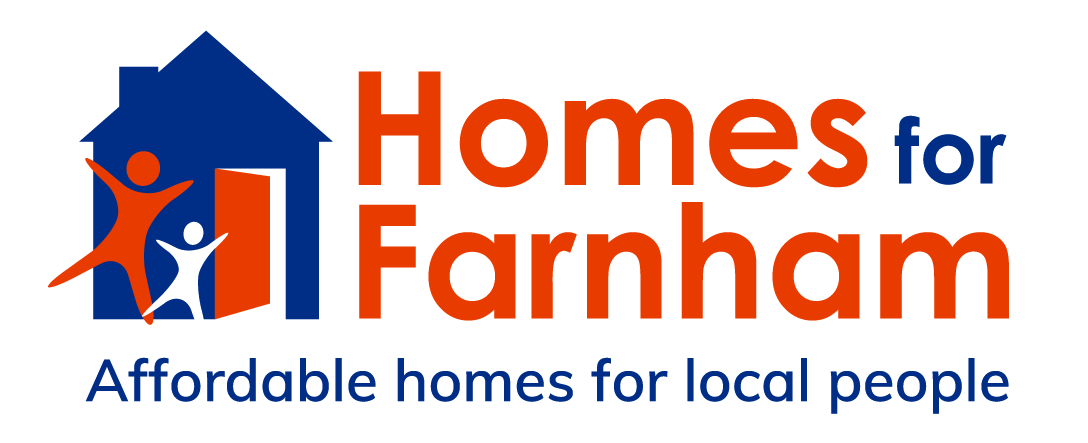Rent or Self-Build
Diversifying the market: A bypass for Generation Rent
Re-thinking home ownership: a new tenure model
In the words of Mel King, an American housing rights activist, “a house is a physical structure; a home is a spiritual, social, loving structure”. The question is: can you own that? Maybe the dream of homeownership was inherently flawed, even contradictory. It seems like it; houses have become commodified as equity assets traded in a market that is unfair, unaccountable and opaque. There are fewer “places like home”, where security, safety and sustainability of tenure are certain, not just for renters but mortgage holders too. Shift the perspective to a world of greater mutual collaboration and the possibility of new forms of tenure emerge: tenures that allow all the features necessary for homemaking to be in place. One of these, which looks attractive to Generation Rent, is the Mutual Home Ownership Society (MHOS), a new form of cooperative tenure, where members can accrue equity in the collective property of the co-op.
(Source: https://ukmhos.weebly.com and https://glynrobbins.wordpress.com )
Community Housing is evolving: new role for CLTs
It is helpful to describe Community-Led Housing (CLH) as a range of models, ie. co-housing, CLT affordable homes, cooperative housing, self-help renovation, group self-build, but recently the reality has become more fluid with housing solutions interacting in mutually beneficial ways. Different models are hybridising and CLTs are exploring new kinds of partnership for project delivery, ones more attuned to the democratic motivation of CLH. For instance, a co-housing project could set up as a CLT and create affordable homes subsidised by the equity of its richer “down-sizers”, or a CLT could act as the community Bank Of Mum and Dad (BOMAD) raising funds through a Community Share issue to purchase land for a MHOS to build on. Or hybrid sites with serviced plots for custom-build that could be sold at full market valuation to subsidise land for affordable self-build homes.
Integrating CLT and MHOS: dividing land from buildings
In 2003 the New Economics Foundation report “Common Ground – for Mutual Home Ownership” proposed a new partnership between CLTs and shared-equity cooperatives to secure permanently affordable homes for key workers. Post the 2008 crash the idea had been tested in the US housing market, but less so here in the UK, although we have a history of mutual home ownership dating back to before WW1. The partnership works because of a clear legal separation of land and buildings. Since 2014 CLTs have been able to incorporate as Community Benefit Societies which enable them to act as ethical investment vehicles and the limited-equity co-operative model has been modified to form Mutual Home Ownership Societies (MHOS) that give increased access to affordable ownership for residents. Separating the purchase of the land from the cost of the building on it is crucial to this affordability model. The CLT as the freeholder agrees a long lease with the MHOS; the lease is loan financed and the building on it remains permanently affordable.
(Source: https://neweconomics.org
Stamp Duty is paid on land value. Land value makes up 50% or more of the property’s market value.
The Bypass builders:
LILAC, Bunkers and YorSpace
LILAC, which stands for Low Impact Living Affordable Community, is an affordable co-housing project in Leeds that has pioneered the MHOS co-operative model in the UK. After 6 years of research building started in 2012 once development capital had been raised by the co-operative. In this case no CLT was set up; the LILAC co-operative continues to inspire many in the CLH movement. Their website at www.lilac.coop explains how this hybrid works to ensure sustainable affordability and provide residents an equity stake in the co-op property. LILAC have also developed a software tool to manage the subtle financial operation of the MHOS.
Bunkers is a small self-build housing co-operative in Brighton which occupies what was an awkward site no one much wanted. However, it’s exactly the kind of site opportunity that might occur here, in the Farnham area, to pilot a CLT/MHOS housing project. The building technology used at Bunkers shows what you can do with Cross Laminated Timber (CLT) construction. Have a look at their photo gallery Plenty of evidence of sweat equity!
YorSpace, this is the one to watch: starting in 2016 and building on the work of LILAC this model is designed to be replicated. YourSpace CLT plans to create Mutual Home Ownership Societies (MHOS) to achieve combined social and ethical investment funding with affordable co-operative ownership for residents. These innovative mechanisms operate as two legally separate entities but are brought together by YorSpace in an interdependent way for the first time. By registering as a Community Benefit Society (CBS) YorSpace is able to raise funds as a community BOMAD to purchase the land on which the MHOS can build. Development capital is raised through the co-operative and its shared-equity principle allows residents to accrue equity in the collective property. The apportionment is a complex calculation, however there has been much modelling and testing of MHOS in the US recently along with software development. YorSpace aims to disrupt the intermediate housing market in York. Click on www.yorspace.org where you can find their business plan and that of Lowfield Green Housing Co-operative (MHOS).
West End Estate, Farnham: Memories of the Future
One prism of the future is the past and we’re fortunate to have one such here at the West End Estate, marked out by West End Grove and Mount Pleasant, off West Street. The estate was purchased in the first wave of the mid-Victorian Freehold Land movement. Often known as Freetowns, they aimed to extend the franchise to the working classes. As mutual associations members subscribed to purchase land at wholesale and redistribute the plots amongst themselves. The original occupants of West End Estate were craftsmen, traders and service suppliers from the town’s middle class. Their homes trace for us memories of a future for local housing that can be mutually and co-operatively delivered. (https://www.academia.edu)

